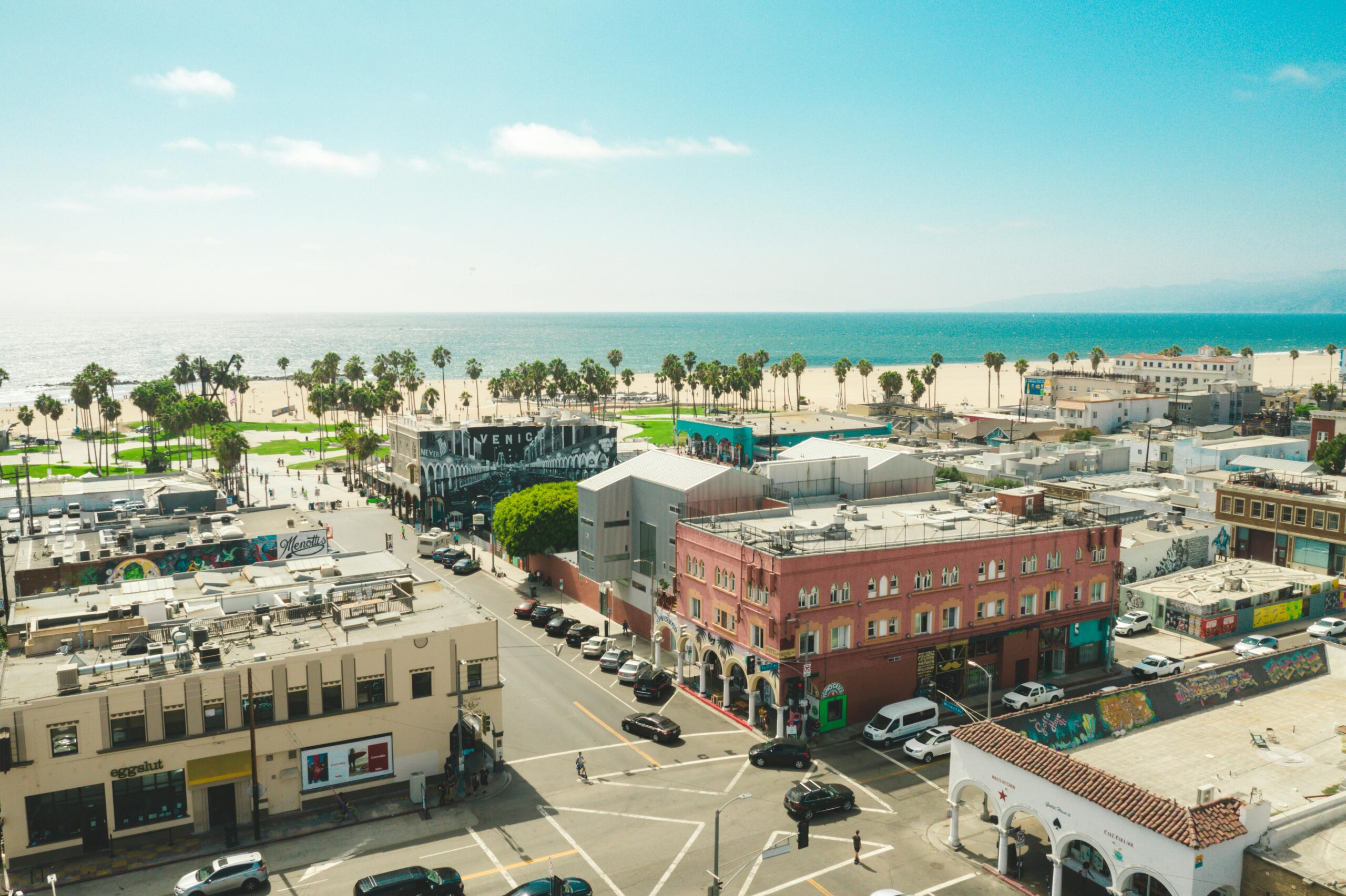
Recent studies evaluating affordability, market competition, and quality of life have ranked several California cities as some of the worst places in the U.S. for first-time homebuyers. These cities face challenges such as soaring home prices, high cost of living, and limited inventory. It is worth knowing what these places are so you can find alternatives now if you are thinking of buying.
Notable California Cities That Rank Poorly for First-Time Buyers:
-
Berkeley: Topping the list of worst cities for first-time homebuyers, Berkeley struggles with extreme housing costs, low inventory, and stiff competition.
-
Santa Monica: Known for its scenic coastline, Santa Monica also has some of the highest real estate prices, making affordability a major concern.
-
San Francisco: Long a symbol of California’s tech boom, San Francisco’s home prices are among the highest in the nation, pricing out many young and first-time buyers.
-
Oakland: While slightly more affordable than San Francisco, Oakland remains a high-cost market with limited entry points for new buyers.
-
Los Angeles: With a large population and limited housing supply, LA consistently ranks low on affordability and high on housing competition.
-
San Diego: Popular for its climate and coastal lifestyle, San Diego’s median home prices are well beyond the reach of many first-time buyers.
-
San Mateo, Daly City, Glendale, Costa Mesa: These Bay Area and Southern California cities round out the bottom of various affordability and accessibility rankings due to steep home values and tight markets.
In fact, multiple reports show that 8 out of the 10 worst cities for first-time homebuyers in the U.S. are located in California. Maybe it is time to explore other states. While it is undeniable that California is really an attractive place, it has distinct disadvantages as well.
Why These Cities Are So Challenging
1. Home Prices Far Exceed Incomes
In metro areas like San Jose and San Francisco, the median home price is often 10–11 times higher than the median household income. This wide gap makes it nearly impossible for first-time buyers to qualify for a mortgage without substantial assistance or dual high incomes.
2. Required Income Is Sky-High
Some California cities require an annual income of over $300,000–$500,000 just to afford a median-priced home with a standard 20% down payment. This is well above the national median income and creates a significant barrier for younger or middle-income buyers.
3. Low Ownership Rates Among Younger Buyers
Cities like San Jose have some of the lowest homeownership rates for people under 30, as low as 0.8%. That means fewer young people are able to buy homes in these areas compared to the rest of the country.
4. Supply Constraints and Local Policy
Zoning restrictions, long permitting processes, and “Not in My Backyard” (NIMBY) attitudes have made it difficult to build new housing in many California cities. This keeps supply low, driving prices even higher as demand grows.
What It Means for First-Time Buyers
If you’re planning to buy your first home in California, it’s important to prepare for:
-
Larger down payments
-
Longer saving periods
-
Possible compromises on location or property size
-
Competitive bidding situations
Many new buyers are now looking beyond the coastal metros to inland California cities or even other states where the housing market is more accessible.

Final Thought
California continues to be a desirable place to live, but that desirability comes at a cost. For first-time buyers, especially in major urban centers, the dream of homeownership may feel out of reach. However, with smart planning, assistance programs, and a willingness to explore alternative markets, it’s still possible to find a path forward. Remember, other places in the United States are worth exploring.






